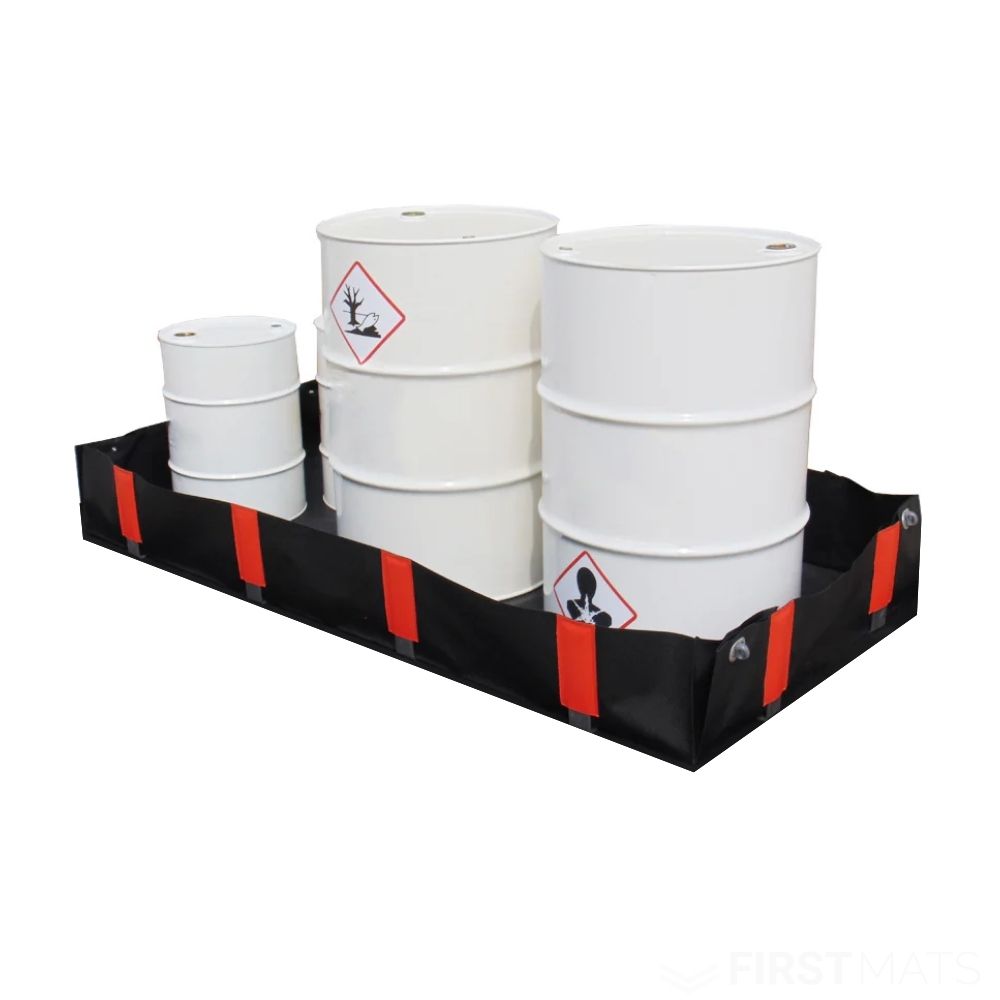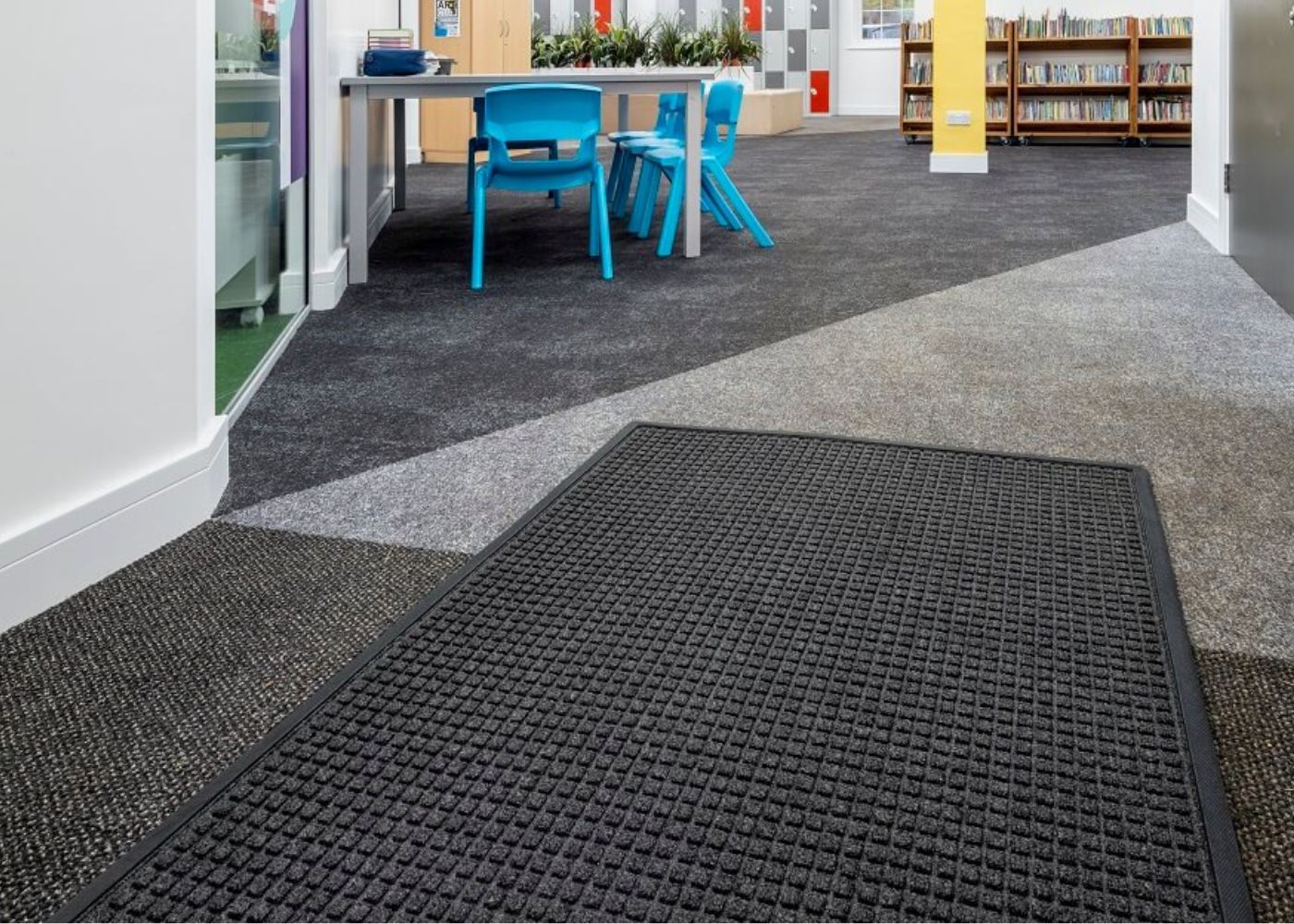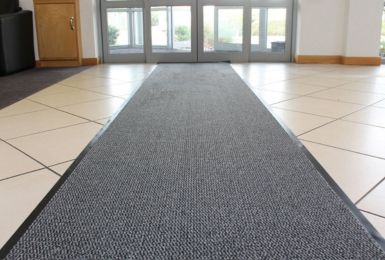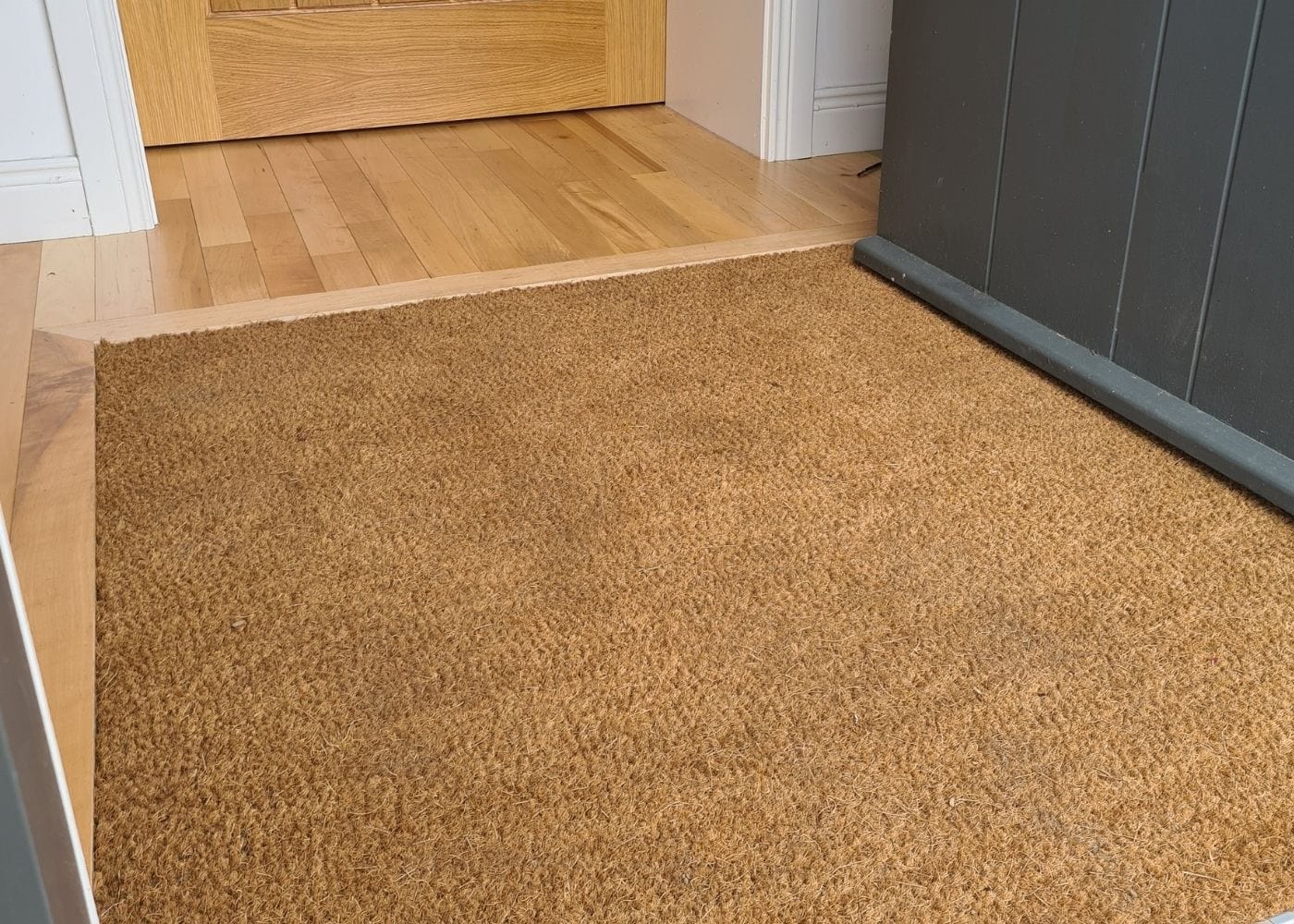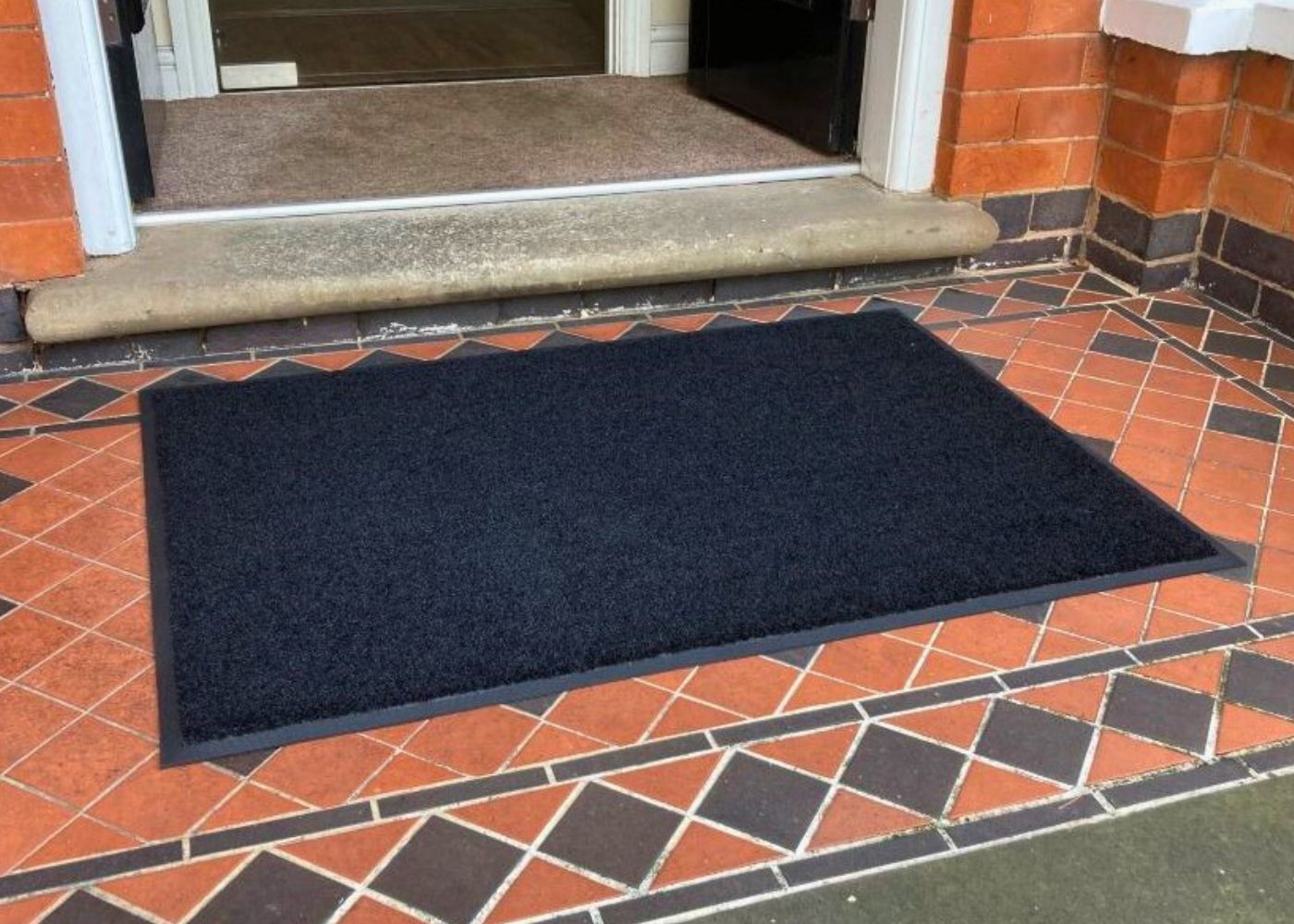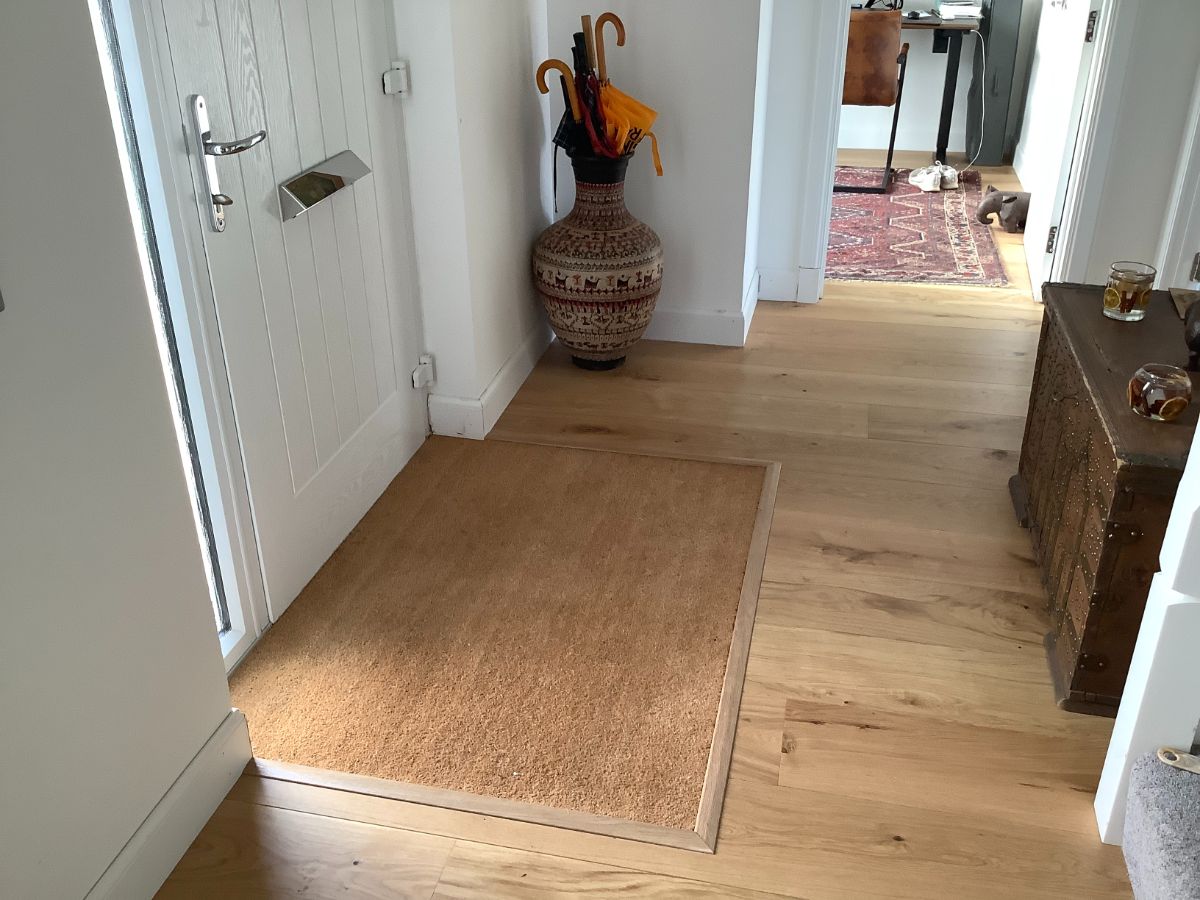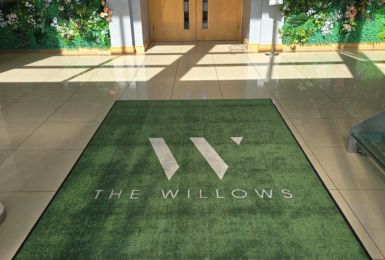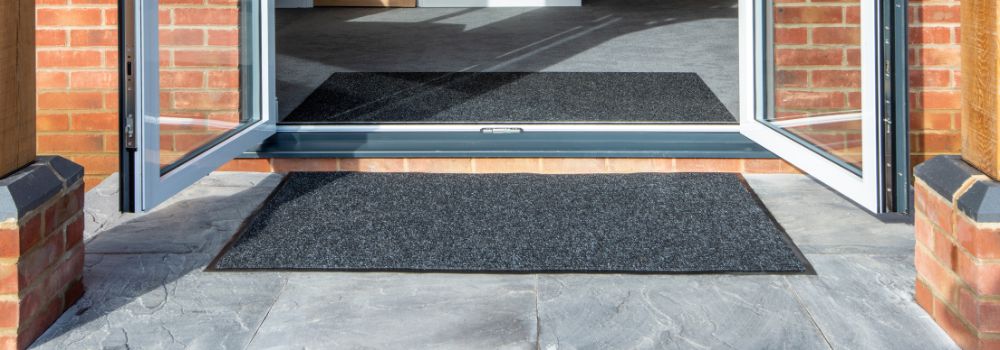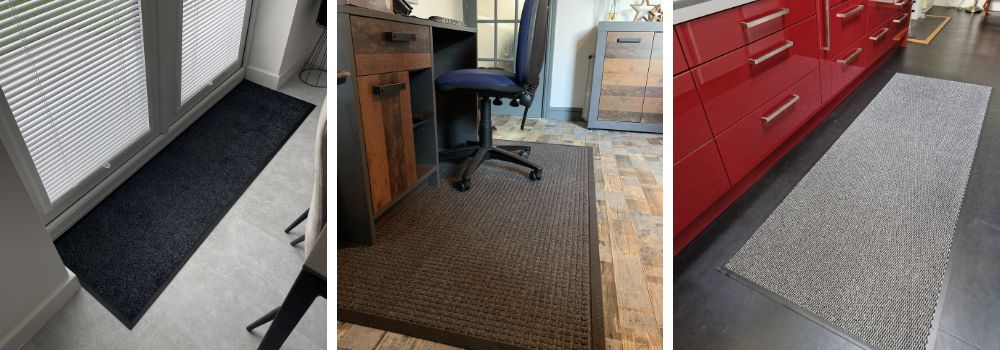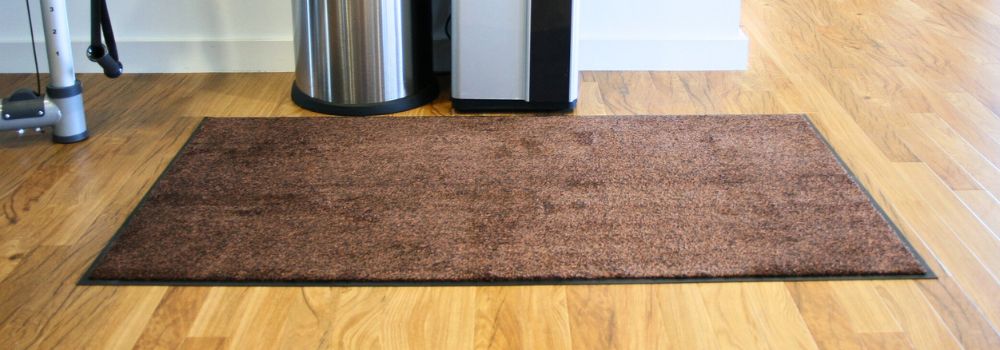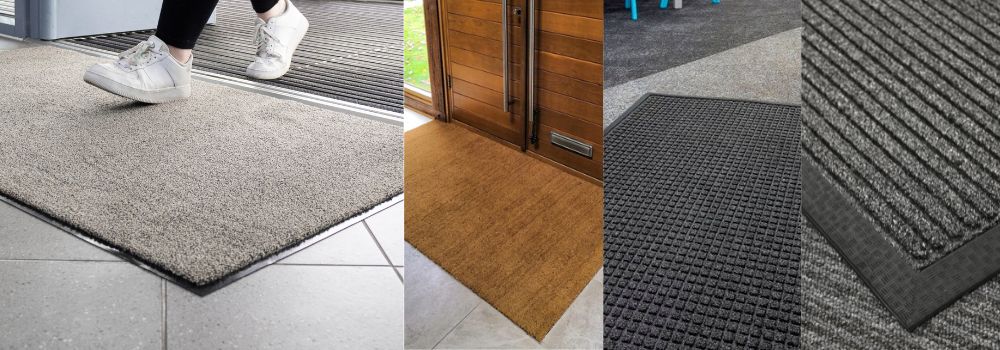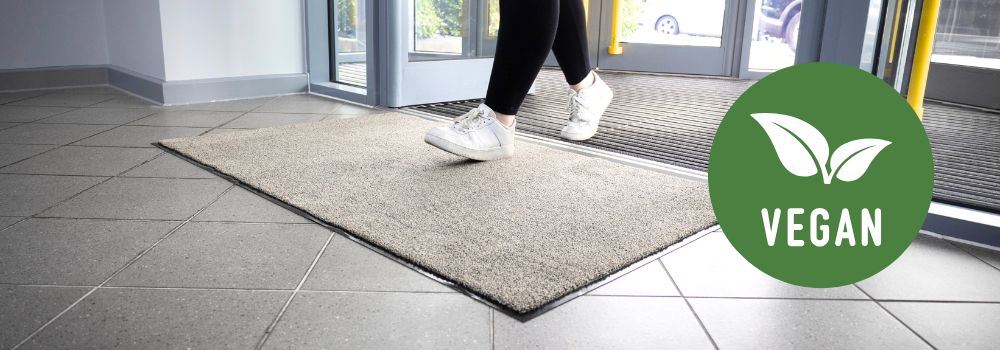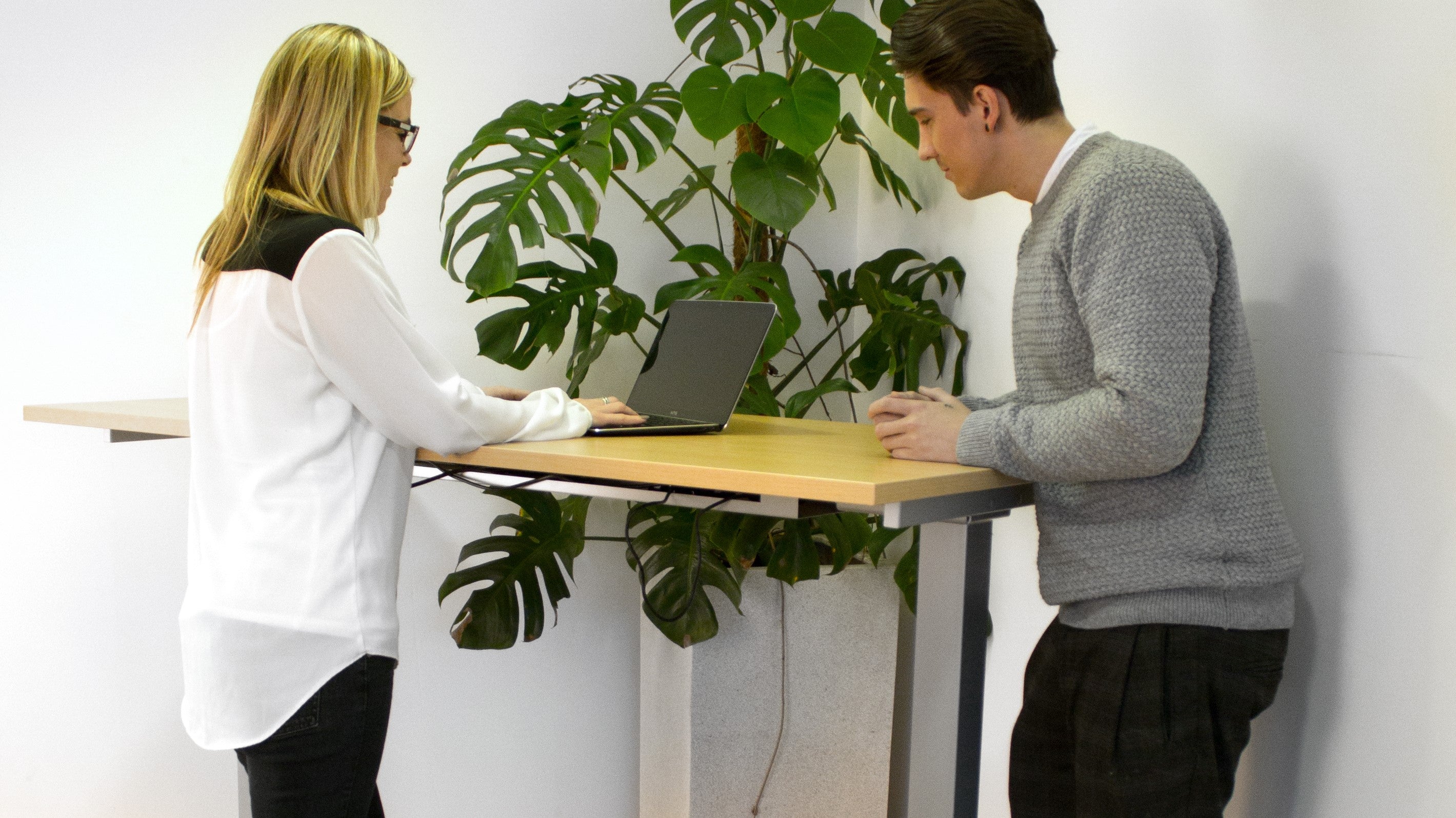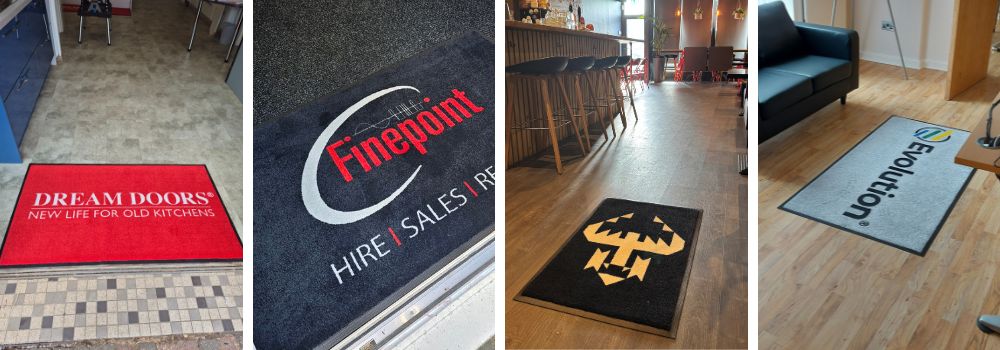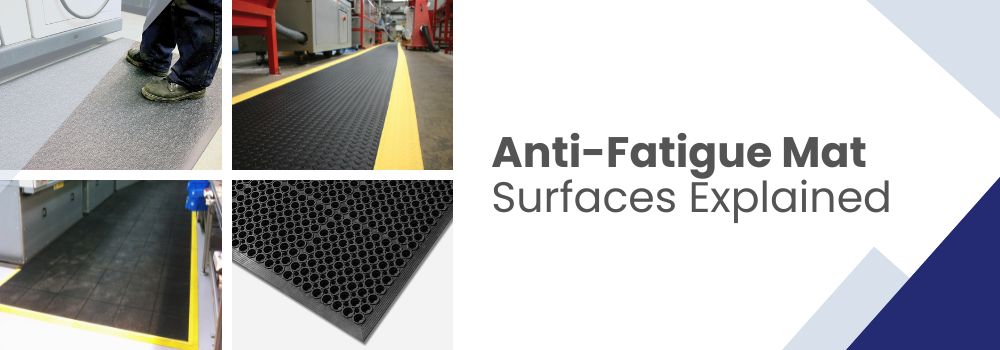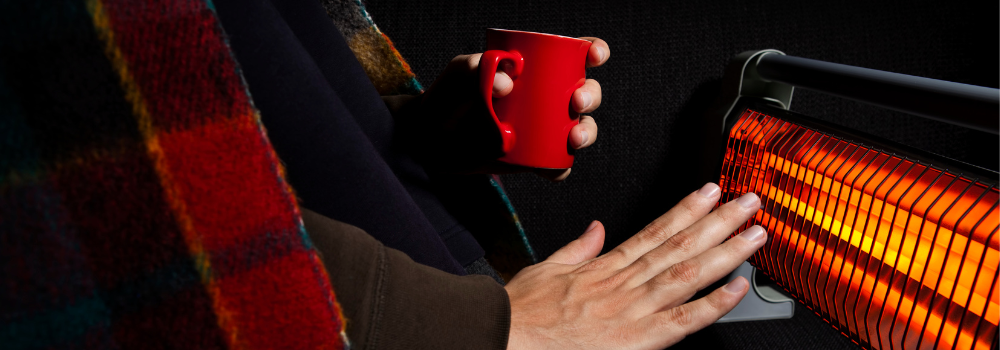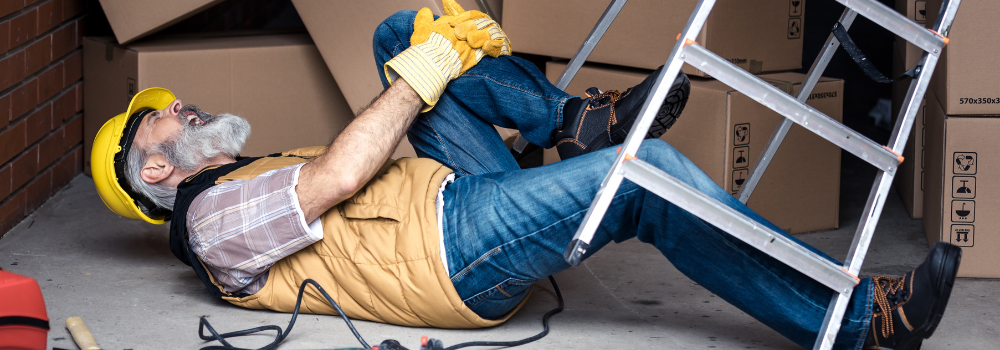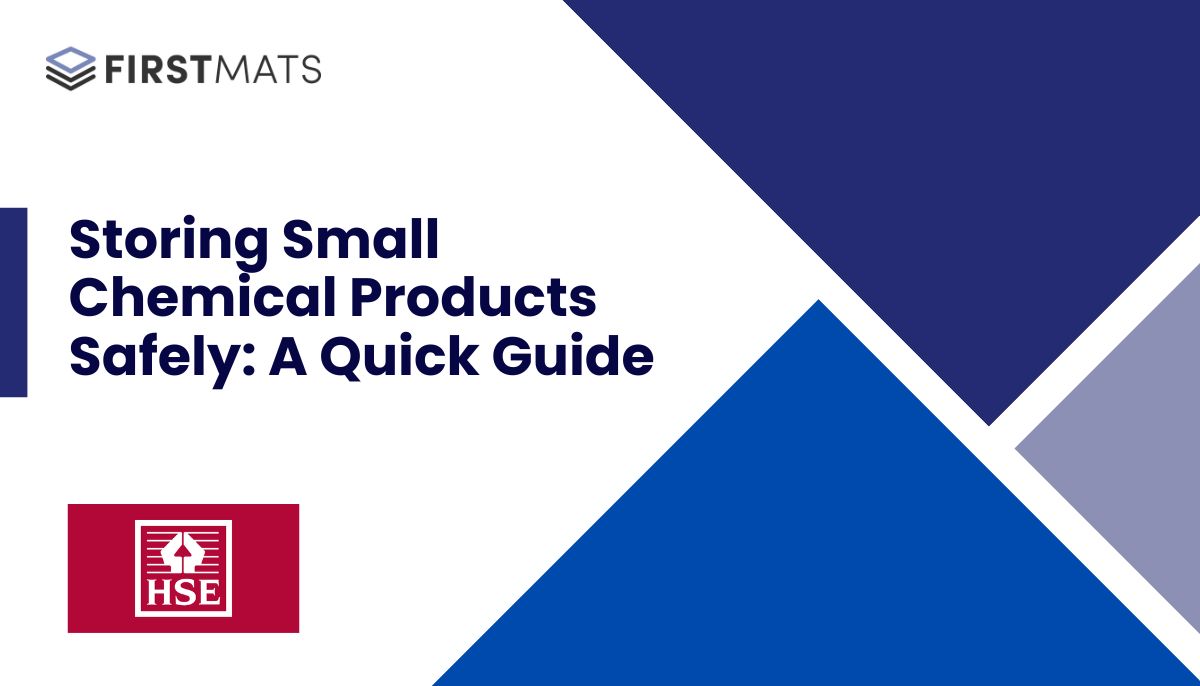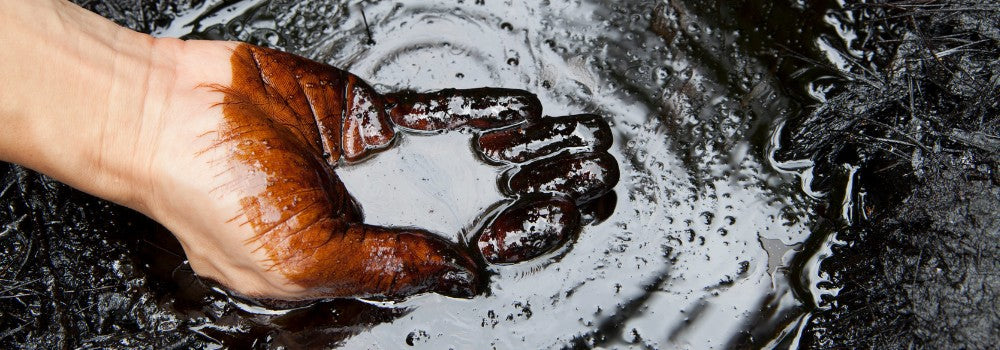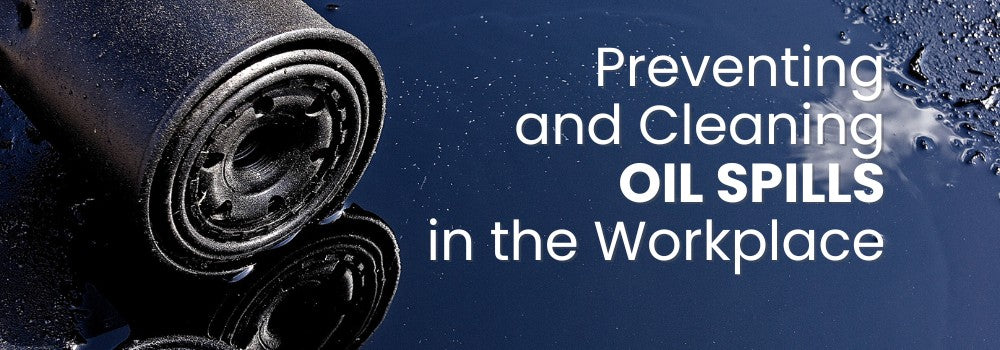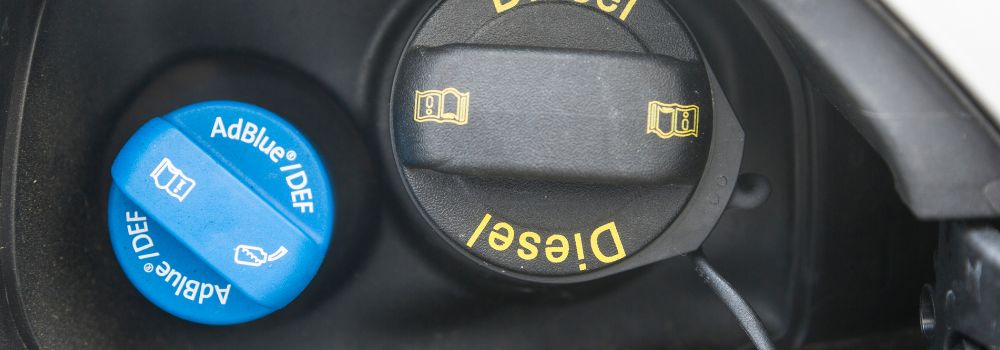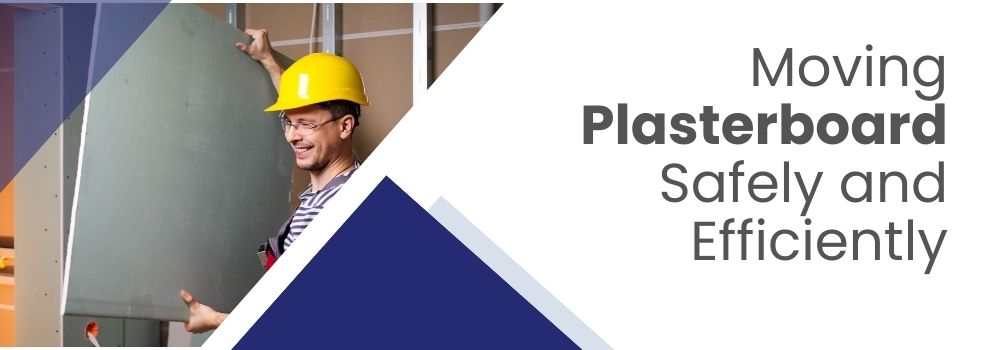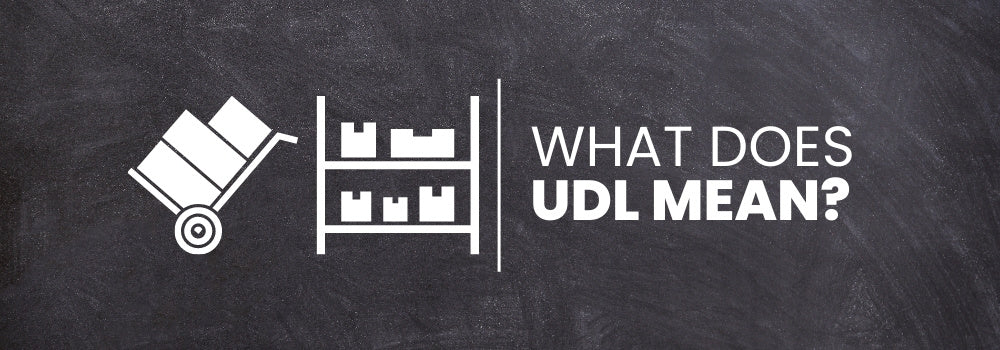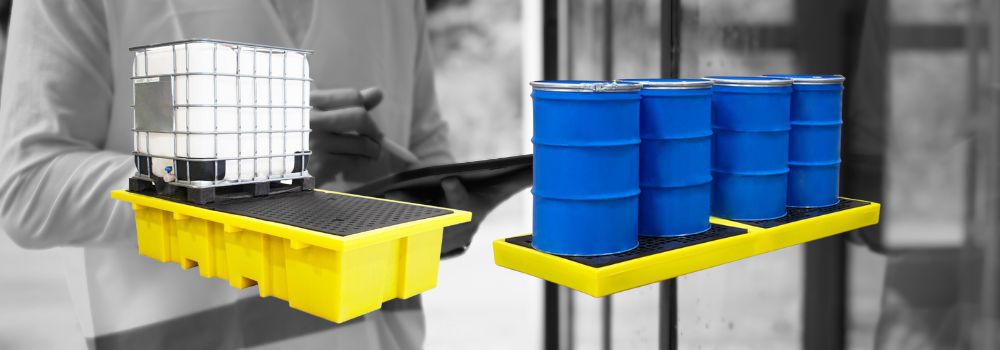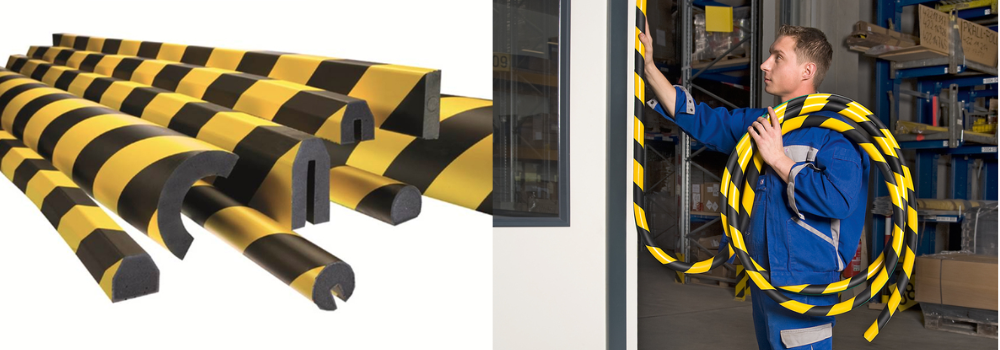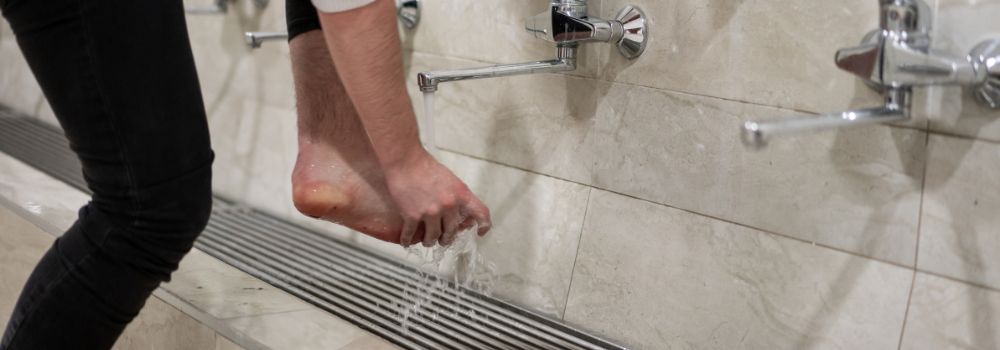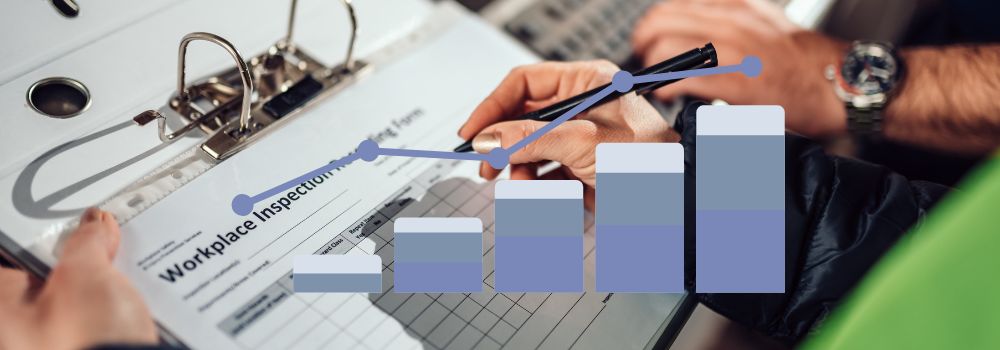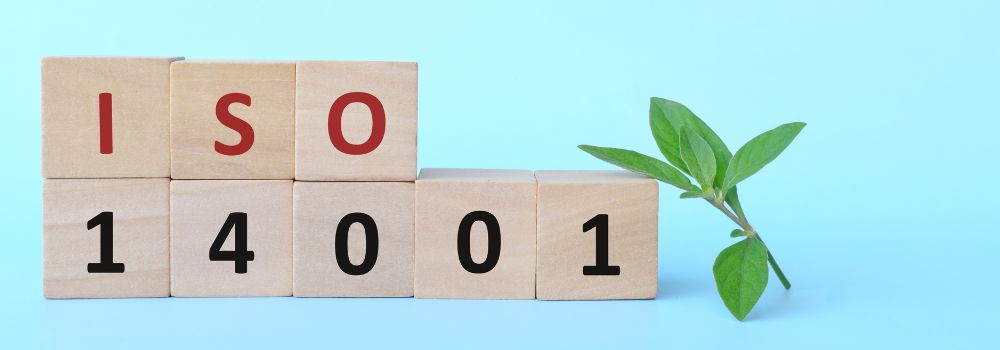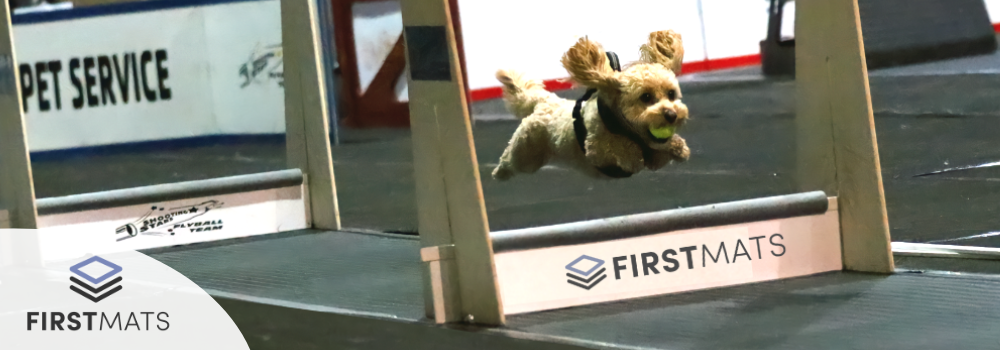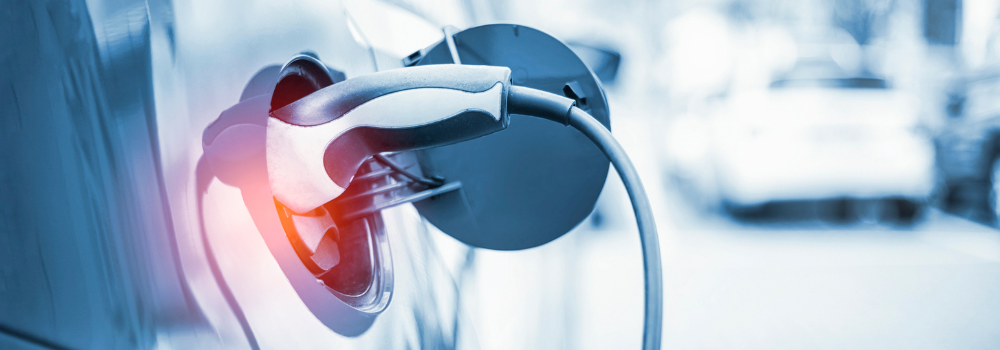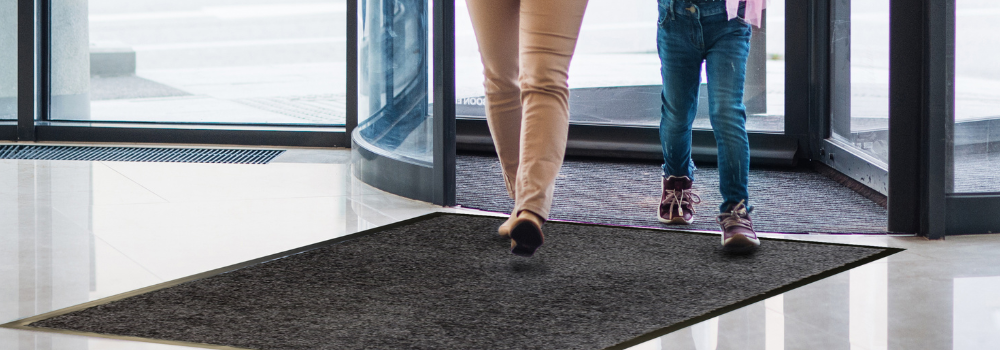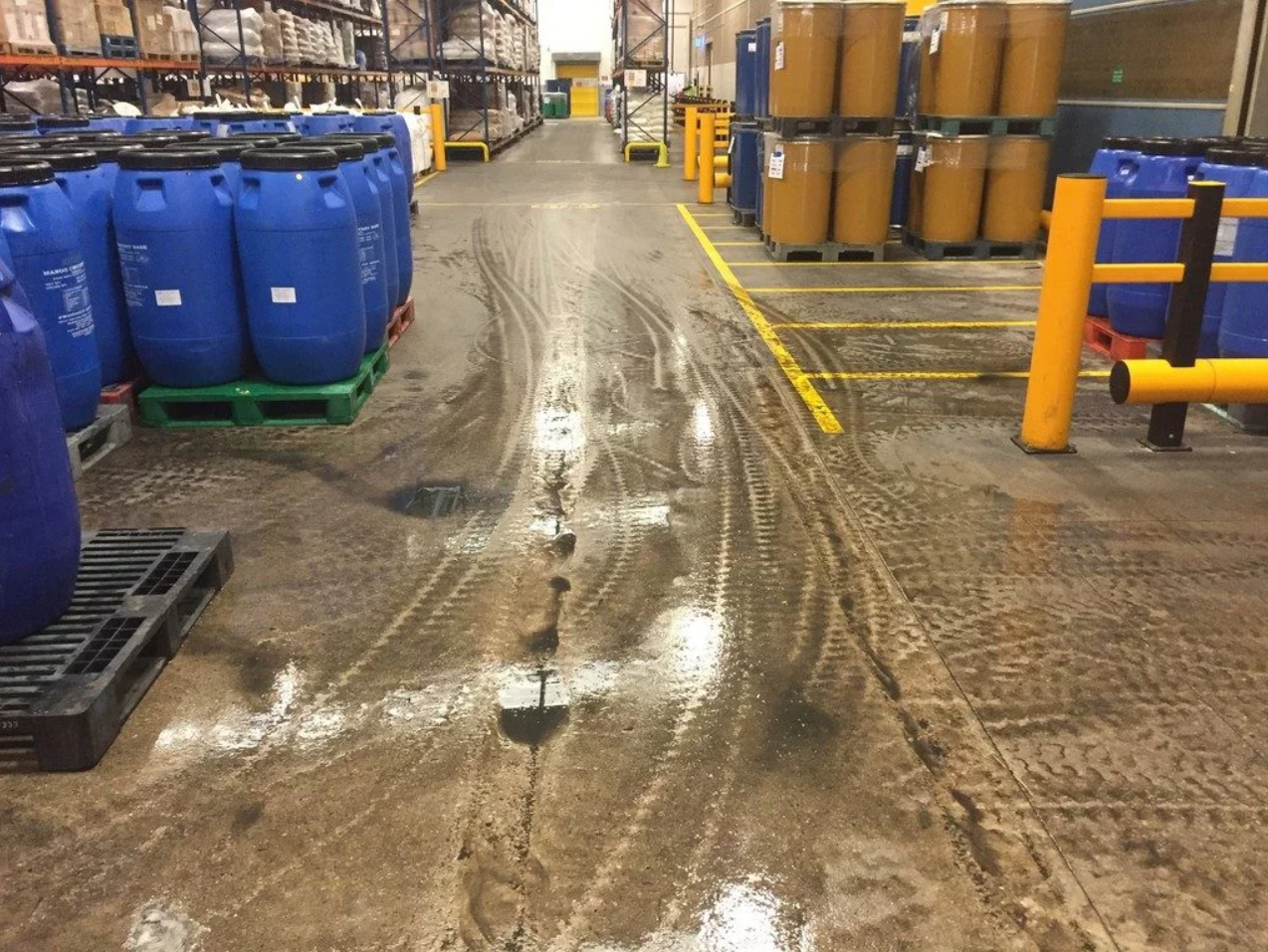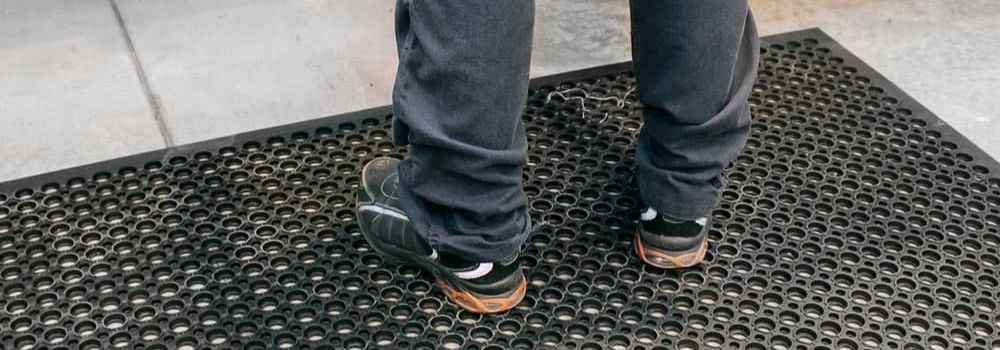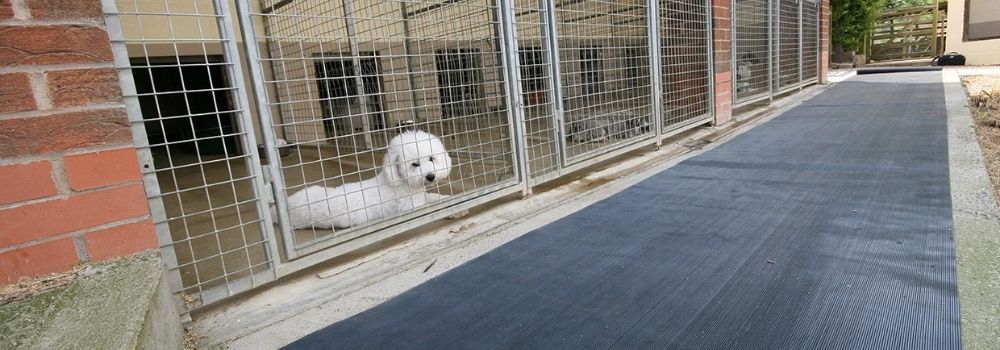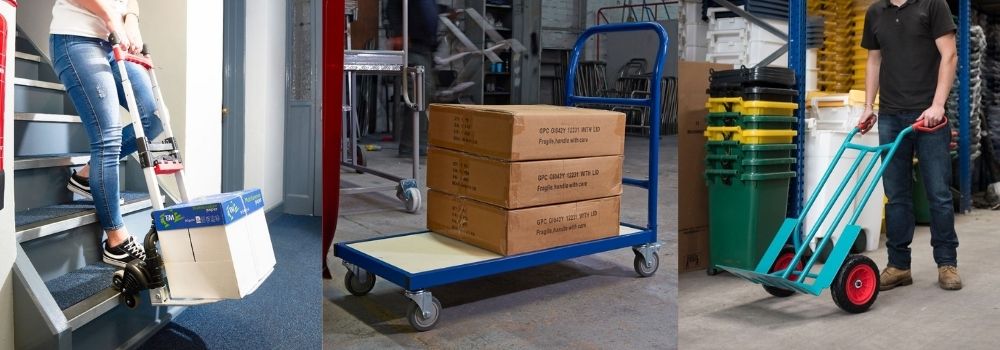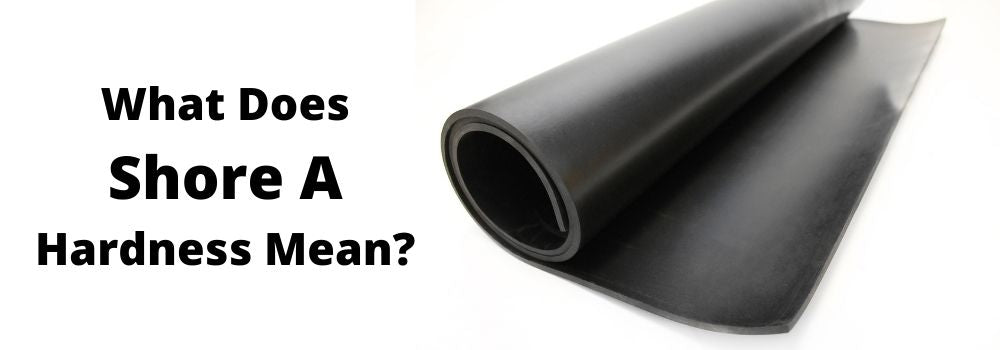The Importance of Doormats & How They Can Save You Money

by Richard O'Connor
Oct 05, 2022 | *7 minutes to readMost of us are considering how we can save money around the home right now. But for business owners, cost-cutting has become essential to sustaining a long-term business.
And while installing energy-saving lightbulbs and low-energy computer monitors can help cut back on your skyrocketing energy outgoings, have you thought about how to preserve your building over the longer term? Doormats can save you money in cleaning bills, but they can also protect you from unwelcome litigation.
This article explores the importance of doormats, examining how installing the correct type of mat for your building can — in the long run — help save money.
Why install a doormat?
Wiping your feet as you enter a building is as natural to most of us as greeting a visitor with a warm smile and a cup of tea. And while there are obvious advantages to having people wipe their feet as they enter, there are some serious money-saving benefits you might not have thought about.
Of course, the most obvious reason to have a doormat is so that visitors can wipe dirt and water off their shoes as they enter. Because wet, dirty floors become slippery, which can cost a business dearly.
And we’re not just talking about domestic entrance mats here. Many workplaces have wet or dirty areas — doormats placed internally help prevent contamination from one room to the next.
Presentation is everything
Dirty floors are definitely a workplace hazard, but they also make your building look unloved and unwelcoming. If you're showing potential clients around your office or factory, you want your space to look its best — dirty, wet floors are the last thing you want your visitors to see.
Presentation is everything when you’re pursuing a new client — if your building looks dirty, it says something about your business practices. It suggests that:
- You don’t care
- Your approach to business is sloppy, and
- You’re not bothered if people slip and hurt themselves
Of course, factories and warehouses are always going to look a little rough around the edges — but doormats at entrances help present an excellent first impression.
Because first impressions count.
Why matting is better than mopping
Of course, one way of keeping your building clean is to mop up the dirt throughout the day. But mopping isn’t without its hazards — it means your floors are wet for longer, which becomes a slip hazard.
Also, you need to hire someone to continually mop or clean the floor, increasing your overheads when most businesses are looking for ways of cutting back on unnecessary costs.
The statistics of slipping!
Workplace slipping costs UK businesses more than £500m every year! Of course, the most visible outgoings are insurance costs covering the injury, the resultant ill health, and the damage to premises and furniture.

But there are hidden costs associated with workplace slip injuries, such as:
- Delays in production while employees recover
- Equipment damage
- Loss of overtime production
- The costs of employing and training temporary labour
- Loss of experience and expertise
- HR administrative and investigation time
- Fines and damage to reputation
The average payout for a slip-related injury in UK workplaces is £23,545. Of course, your insurance pays that directly, but indirectly we all pay through increased insurance premiums.
Compare that with the cost of a First Mats door mat designed for workplaces — from as little as £14.75 for a Plush Choice entrance mat to just £76 for our exterior BrushScrape door mat, suitable for heavy-duty use in high-traffic doorways.
Can you afford not to invest in a high-quality entrance mat?
The costs of a mat compared with a new floor
A good-quality door mat removes dirt and grit from shoe treads, so your floors are better protected from scratches, scuffs, and blemishes.
Entrance flooring must be durable, easy to clean, and designed to minimise slips and trips. Many buildings use hard-wearing, durable carpets in entrance ways — the average cost of fitting out a 60sq m corridor with a low-profile good-quality carpet is £600, or £3000 for average-quality vinyl flooring.
Again, compare that with entrance mats that help maintain the longevity of your carpet or vinyl flooring. Protect your investment with affordable matting that can complement your building’s colour scheme.
What type of doormat do I need?
Not all doormats are built for the same purpose. Some mats are designed to soak up gallons of water, while others scrape away dirt, mud, and industrial debris.
In general, thick, fabric-based mats soak up water, and textured mats remove dirt stuck in the soles of your shoes.
Cheap all-purpose mats quickly become saturated with water and mud; when this happens, the mat no longer serves its purpose. Rather than collecting the mud and water from shoes, inferior matting makes cleaner shoes even dirtier.
So, for particularly busy or wet entrances, consider a bi-level mat. These have an upper surface of textured bristles or rubber scraper tips that help remove mud from shoe grips and a lower surface that stores the dirt and water until it has dried.
And once dried, you can vacuum the mud up to clean the mat.
Should I place my doormat inside or outside?
An interior mat creates a barrier that captures dirt and water at the building's entrance to prevent treading it into your lobby or reception area. Cleaner shoes help avoid damage to your floor surfaces by removing grit that can scratch your shiny floors or tear your carpets.
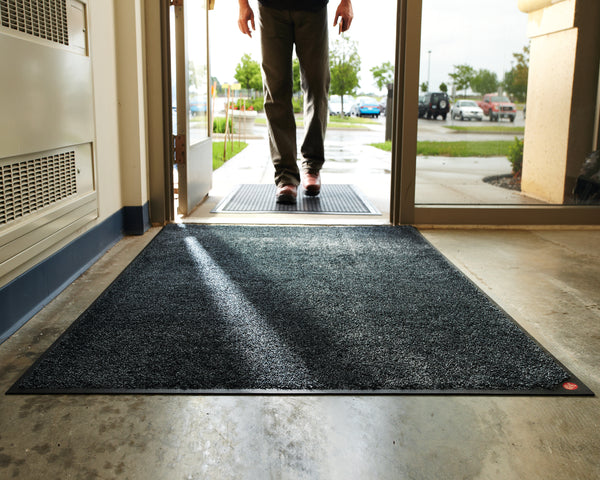
Interior mats with rubber backing last longer than vinyl-backed mats and stay in place due to their natural high surface grip.
Outdoor mats have coarse, textured surfaces, which trap mud and stones. They need to be more weatherproof, so rubber is one of the best materials for an outdoor mat.
Many businesses have an outdoor mat that cleans off the mud, grit, and stones from shoes, and an indoor mat that soaks up the water. This double-whammy matting offers maximum safety and cleanliness.
What size of door mat do I need?
First Mats' entrance and exit mats are available in various flexible sizes. We make rubber mats, coir mats, and thick entrance matting tiles that stretch the entire width of your entrance hall.
Generally speaking, the larger the mat, the more effective the cleaning. The more times visitors have to step on the mat, the cleaner their shoes become. Therefore, we recommend using large door mats where possible. Think about crush resistance — longer crush resistance means the mat lasts longer but will also perform more consistently throughout the day.
AquaProtect Super Absorbent Door Mat

For example, our AquaProtect Super Absorbent Door Mat soaks up an impressive 6 litres of water per square metre, making it excellent for high-traffic entrances. And available in four colours (charcoal, brown, blue, and red), you can find a mat that works with your decor.
The smallest mat in this range is 60x90cm, while the largest is 120x180cm — big enough for larger entrance halls.
With a crush resistance of 2/3, a soil resistance of 3/3, and water retention of 3/3, this particular product is suitable for busy entrances and easy for wheelchair users. The decalon fibres are super-robust, offering excellent longevity for this attractive interior entrance mat.
How do I keep my doormat clean?
Entrance mats require regular cleaning to maintain their efficacy. Just wait for the mat to dry out and vacuum it thoroughly to clean the surface of dirt to restore its appearance and refresh its cleaning capacity.
Some mats can be sponged down or cleaned in a washing machine, but most are designed to be cleaned with a good-quality vacuum cleaner, which is quick and easy for high-traffic workspaces.
Do you have any questions?
We hope we've provided enough information to help you make an informed decision about your entrance mats. But if you have questions, please don't hesitate to get in touch.
We’d love to help you maintain your building’s floors with our high-quality and affordable entrance matting range.
Explore More Topics
Frequently Asked Questions
If you have any questions, we’re here to help
How long does delivery take?
Each product comes with a specified lead time for delivery. We'll keep you informed if there are any delays in meeting this timeline.
Typically, once you’ve finalised your order and approved the proof, it will take 4-5 business days to make and deliver your finished mat.
If my order is damaged, can I return or exchange it?
Got a problem with your order? If something's not right or you're not thrilled with the quality, just let us know within 14 days of getting it. Drop us a line, and we'll tell you what to do next—usually, it starts with you sending us a photo of the issue. Once we check that out, we'll sort you out with a refund or a new item, no fuss.
Can I get my mat delivered more quickly?
Need your item in a hurry? Just Contact us to explore the faster delivery options we might have for you!
If my custom mat is damaged, can I return or exchange it?
Got a problem with your order? If something's not right or you're not thrilled with the quality, just let us know within 14 days of getting it. Drop us a line, and we'll tell you what to do next—usually, it starts with you sending us a photo of the issue. Once we check that out, we'll sort you out with a refund or a new item, no fuss.





